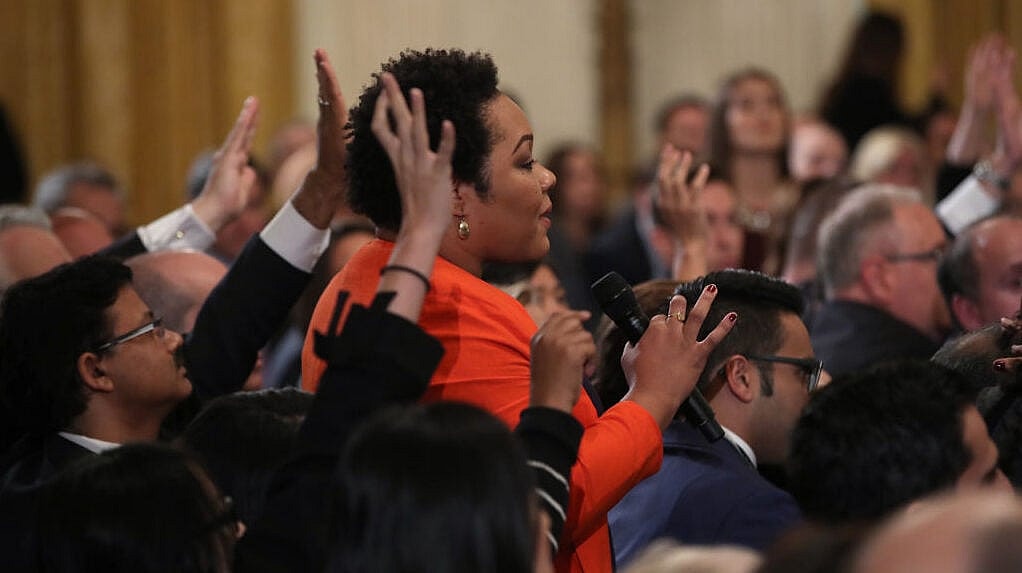Could you get a raise next year—even if your employer doesn’t give you one? Maybe. If you’re on track to earn the same amount in 2025, you may see more in your paycheck thanks to adjustments to your taxes.
In October 2024, the IRS released its tax law adjustments for the 2025 tax year, which come into play when preparing your taxes in 2026. These included several modifications to account for inflation; however, these changes were smaller than in previous years. The agency’s income threshold adjustment is just 2.8% in 2025—down from 5.4% in 2024 and even more the previous year.
“The inflation adjustments for next year are sort of more… historical versus the last few years [when] the inflation has just been astronomical,” says John Nowack, a certified financial planner, certified public accountant and the founder of Alo Financial Planning. “These most recent inflation increases [are] probably more on trend with what we’ve normally seen,” he says.
The IRS alters tax brackets, deductions and exemptions to prevent what’s known as “bracket creep,” which “occurs when inflation, rather than real increases in income, pushes people into higher income tax brackets or reduces the value they receive from credits and deductions,” writes economist Alex Durante in a Tax Foundation blog.

Tax bracket updates and what they mean
The IRS has altered each of its seven tax brackets, with higher income caps for each. The smallest tax bracket is 10% and applies to incomes of $11,925 or less for individuals—that’s up $325 from the previous year. But an income cap increase doesn’t just apply to people making this amount or less. It applies to everyone.
Think of the IRS tax bracket system as a set of increasingly large buckets where the first bucket must be filled before starting to fill the second. If you’re earning $100,000, the first $11,925 you earn (or $23,850 or less for married couples filing jointly) is taxed at the lowest rate. Once that bucket is filled, then the next bracket applies. The wider the income brackets the IRS creates—in other words, the bigger the buckets—the better for taxpayers. Their income fills the buckets more slowly, and they’re subject to a lower overall tax rate.
The highest tax bracket is capped at 37%. If that rate has you gripping the device you’re reading this on tightly, keep in mind this rate only applies to single taxpayers with incomes greater than $626,350 and married couples filing jointly whose incomes are greater than $751,600.
The amount taxpayers can claim for a standard deduction—the amount they can automatically deduct from their taxable income without itemizing—is also increasing. Single taxpayers and married individuals filing separately can expect a $400 increase. Married couples filing jointly can look forward to an $800 increase from the previous year—a $30,000 standard deduction.
The child tax credit remains the same ($2,000, with $1,700 refundable), but taxpayers who have three or more qualifying children for the Earned Income Tax Credit can expect an increase of a couple hundred bucks.
Overall, “if you have the same amount of income, you would pay less tax in 2025 than you did in 2024,” says Joanne Burke, a certified public accountant, certified financial planner and founder of Birch Street Financial Advisors. Taxpayers who receive cost of living adjustments of 2.8% or larger raises in their salaries are out of luck, however. They can expect to pay the same or more taxes for the 2025 calendar year.
Tax changes for high earners and retirees
High net worth individuals can look forward to several benefits because of the 2025 tax adjustments. First, the annual exclusion for gifts is rising from $1,000 to $19,000 during the calendar year. That’s the highest amount ever. And that’s per person, so spouses could potentially gift $38,000 to an individual to reduce their tax obligations and without the individual having to pay taxes on that gift.
Estate tax credits are rising, too. Now, individuals can shield $13.99 million from federal estate taxes in the 2025 tax year. That’s up more than $300,000 from the previous year.
Burke, who often works with retirees or those actively planning for retirement, says the higher caps for catch-up contributions in 2025 will be impactful. These catch-up contributions allow people over age 50 to make additional deposits to their retirement accounts. In 2025, people aged 60 to 63 can make contributions up to $11,250—a full $3,750 higher than other caps. “I think that’s pretty powerful,” Burke says.
What’s ahead for the 2026 tax season?
Even more changes could be in store for 2026. Without any changes, many of the tax laws passed during the 2017 Tax Cuts and Jobs Act—one of the most significant tax overhauls in decades—will sunset at the end of 2025. “We’ve had this… tax freezing for the last eight years or so,” Nowack says. “I feel like a lot of the changes are going to catch people off guard… when it does come to filing for 2026.”
If the TCJA provisions aren’t renewed or adjusted, individual tax rates will increase 3% to 5% per bracket, the standard deduction will decrease and child tax credit amounts will roll back.
High earners will have to reacquaint themselves with the alternative minimum tax. This system requires individuals earning a high income to calculate their taxes twice—once under the standard system with deductions and a second time under the AMT—then pay the higher amount. More than 20% of households with income between $200,000 and $500,000 may be subject to the AMT in 2026, compared to 0.3% in 2022.
Owners of pass-through businesses, such as freelancers and contractors, can also expect to pay more taxes since the TCJA includes an automatic 20% deduction for qualified business income.
There are several changes taxpayers can make now to minimize the changes that might be ahead for 2026. Nowack recommends looking at how taxpayers can “accelerate income in 2025.” For example, some people may want to sell appreciated stock or convert a traditional IRA to a Roth IRA in 2025 under a lower tax rate, rather than waiting until 2026. He says taxpayers may want to consider deferring deductions until 2026. For example, some may want to batch charitable donations from several years and hold off taking that deduction until a higher tax rate applies.
Although the TCJA passed under President Donald Trump’s first term, and he’s returning to office in 2025, there’s no guarantee the new administration will extend these provisions. “There is a larger risk than we’ve had in the past that tax rates could be going up just based on the debt, the deficit situation…. We’re at a very tax friendly… place right now. Let’s take advantage of it if we can and if it makes sense,” Nowack says.
Burke is also forecasting a potential TCJA sunset. “We’re… not holding our breath because we would turn blue in the face, but we’re… watching,” she says.
Photo courtesy of fizkes/Shutterstock




